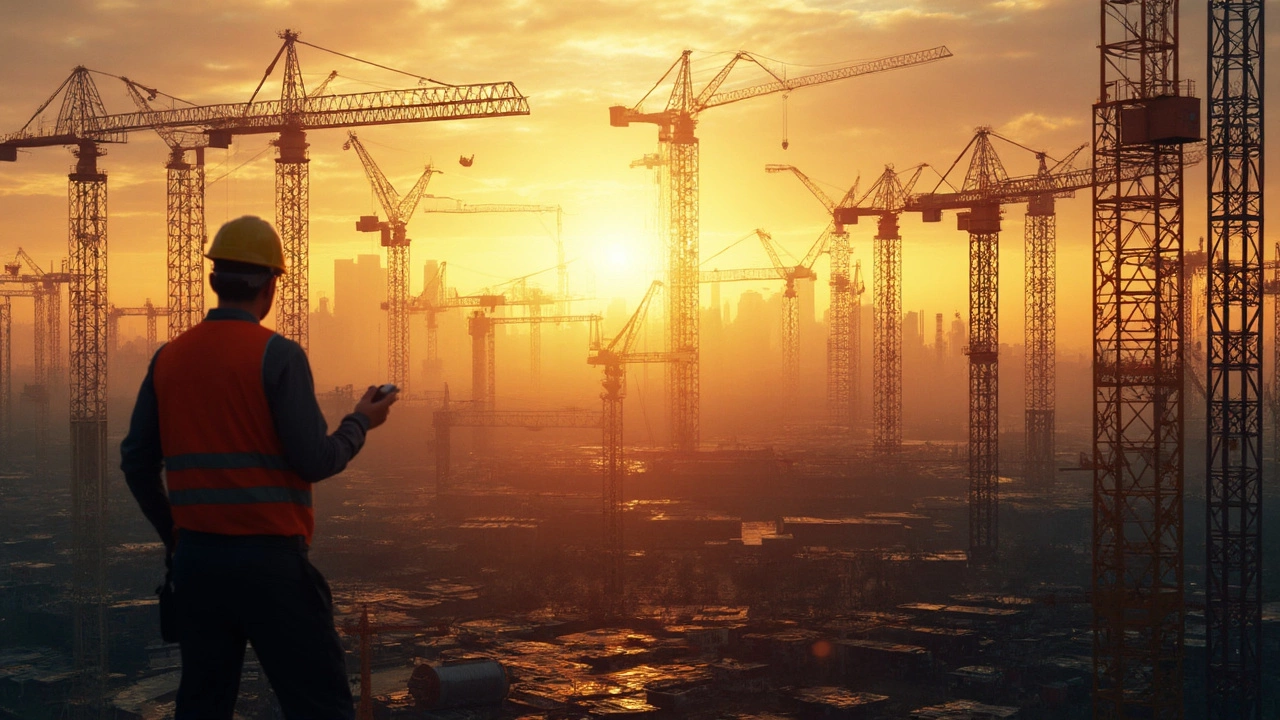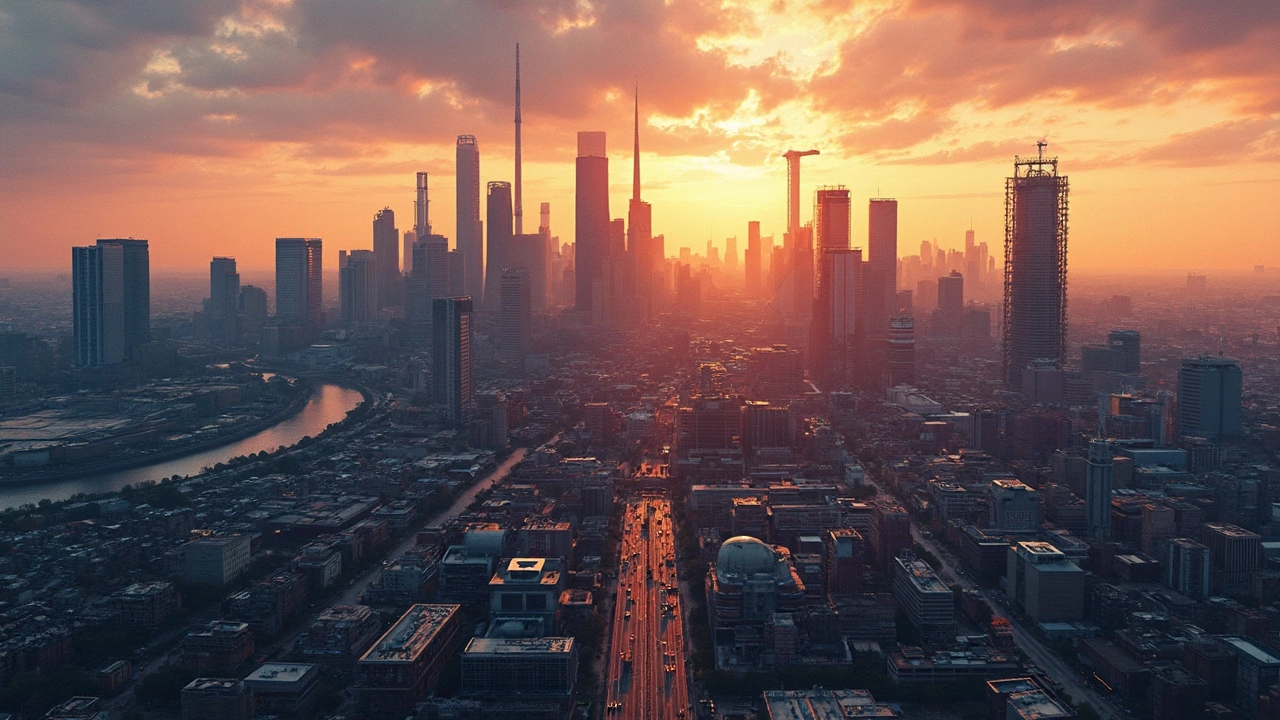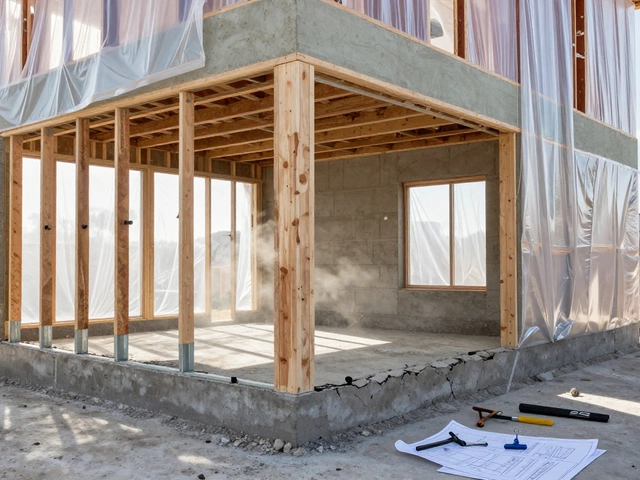Industrial Construction: What It Is and Why It Matters
When working with industrial construction, the building of factories, warehouses, power plants and other large‑scale facilities that support manufacturing and infrastructure. Also known as industrial building, it requires coordinated planning, robust engineering, and strict safety standards.
One core piece of the puzzle is structural engineering, the discipline that designs load‑bearing systems, steel frames, and concrete foundations for heavy‑duty structures. Structural engineering enables industrial construction to handle massive equipment loads and dynamic forces, making it a non‑negotiable component of any project.
Key Elements of Industrial Construction
Another vital entity is construction project management, the process of scheduling, budgeting, and coordinating labor, materials, and subcontractors to keep a build on track. Effective project management reduces delays and cost overruns, directly impacting the success of industrial construction initiatives.
Safety compliance also plays a huge role. The safety compliance framework includes regulations like OSHA standards, fire codes, and environmental guidelines that protect workers and the surrounding community while ensuring that the finished facility can operate without legal hurdles. Ignoring safety compliance can halt a project and lead to costly penalties.
Finally, the end goal is the creation of functional industrial facilities, spaces designed for production, storage, logistics, or energy generation, each with unique layout and equipment requirements. These facilities must balance efficiency, durability, and future scalability, which ties back to structural engineering, project management, and safety rules.
All these entities interconnect: industrial construction encompasses structural engineering; it requires safety compliance; and it influences construction project management. Understanding these links helps you see why a single project can involve architects, engineers, safety officers, and managers all working together.
Our article collection reflects this web of topics. You’ll find practical advice on home storage management – a micro‑scale view of how space planning translates to large warehouses – and insights into curtain color trends that illustrate how interior design choices affect worker comfort in industrial settings. Data storage options for 2025 mirror the need for secure documentation on construction sites, while guides on recliner quality or bathroom paint colors remind us that even the smallest details matter in larger projects.
We also cover the financial side of building, from roof replacement cost analysis to foundation settlement warnings, showing how budgeting, material durability, and long‑term maintenance are critical for industrial projects. The trends in wallpaper, textured finishes, and color palettes highlight the aesthetic considerations that can boost employee morale and brand image within factories or offices.
If you’re curious about the biggest construction companies worldwide, the list of top firms gives perspective on who leads the industry, setting standards that trickle down to every regional project. Meanwhile, safety‑focused pieces on mold prevention in storage units echo the larger need for moisture control in warehouses and production halls.
All this information equips you with a well‑rounded view of what goes into building and maintaining industrial environments. Whether you’re a site supervisor, an engineering student, or a business owner looking to expand your facilities, the connections we’ve drawn between these topics will help you make smarter decisions.
Now that you have a solid grounding in the core concepts of industrial construction, explore the articles below for deeper dives into specific techniques, trends, and troubleshooting tips that can boost your next project’s success.
Is Industrial and Commercial Construction the Same?
Ever wondered what sets industrial construction apart from commercial construction? While they might seem similar, there's more than meets the eye. Both play crucial roles in our surroundings but come with different challenges and purposes. From the type of projects to financial planning, understanding these differences can be a game-changer for those venturing into or involved in the construction sector.
full articleDifference Between Commercial and Industrial Construction
Commercial and industrial construction may seem similar, but they cater to different needs. Commercial construction focuses on buildings for business activities like offices, retail, and restaurants. Industrial construction, on the other hand, involves facilities for manufacturing, storage, and logistics. Understanding these differences can help businesses make informed decisions when planning new projects.
full article





